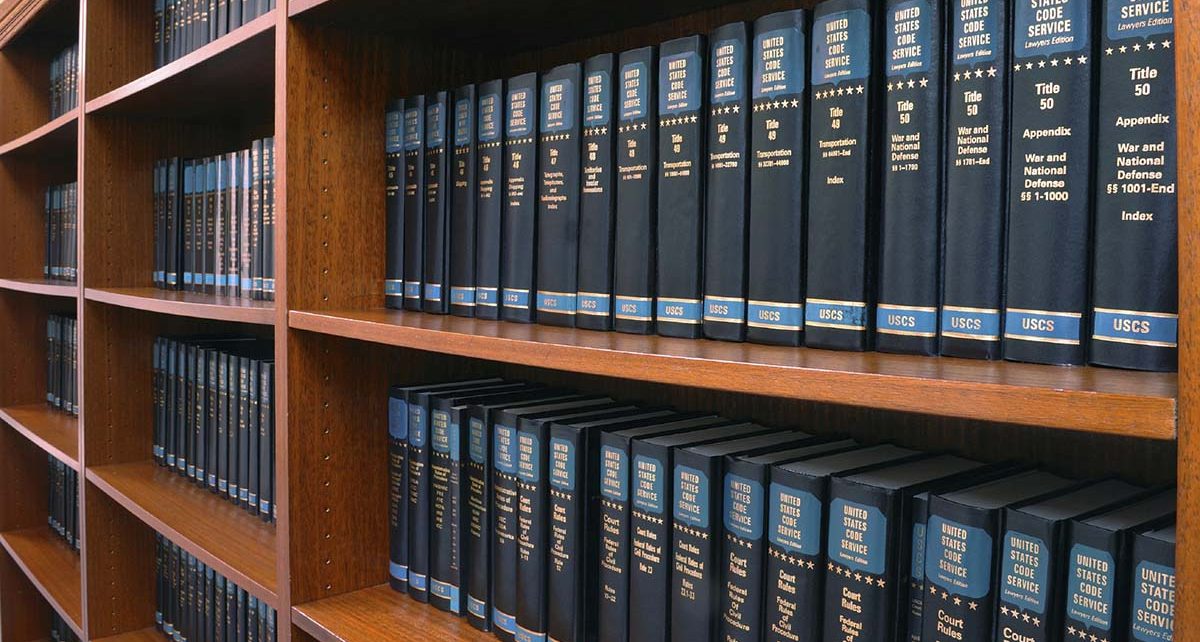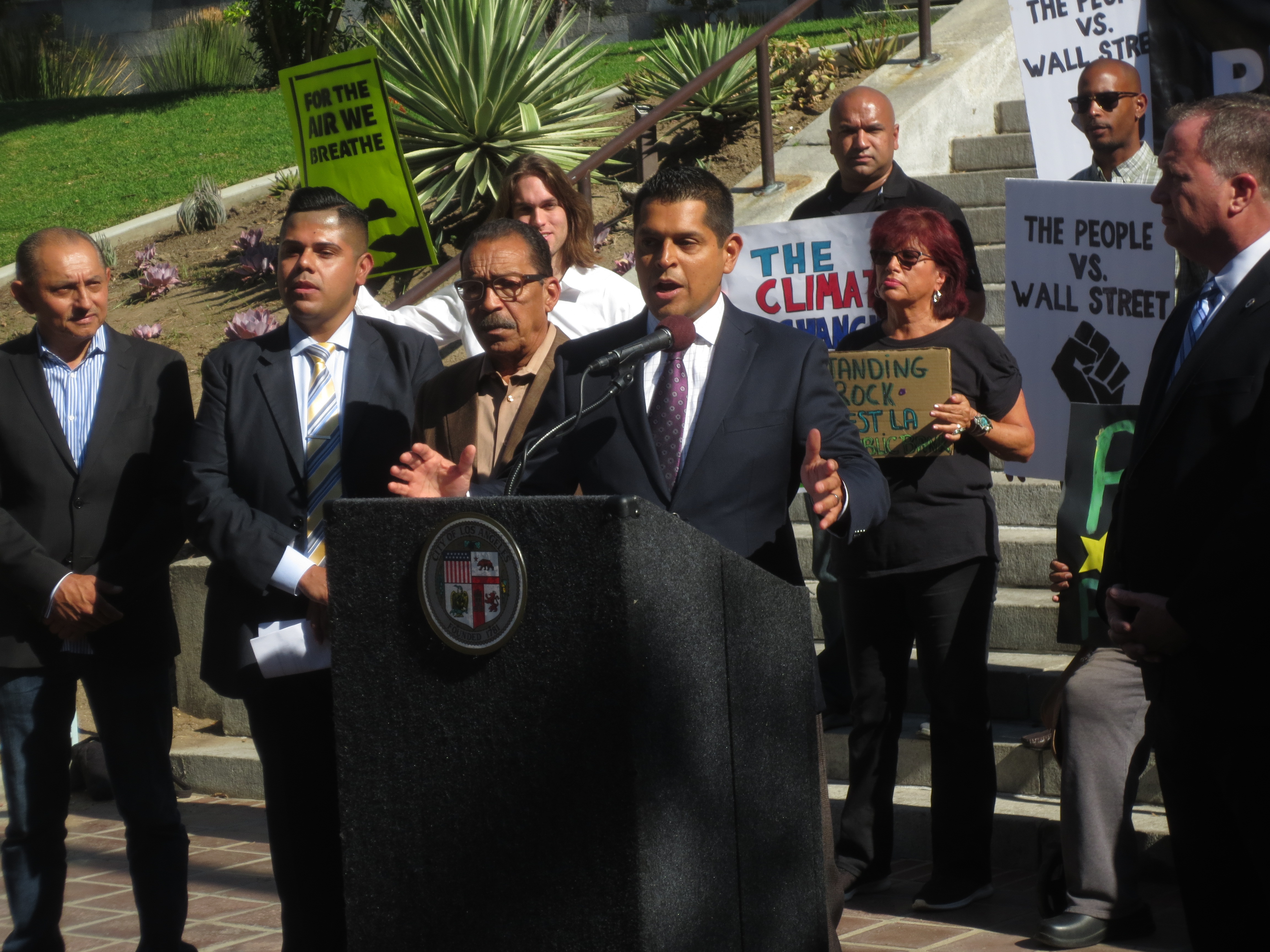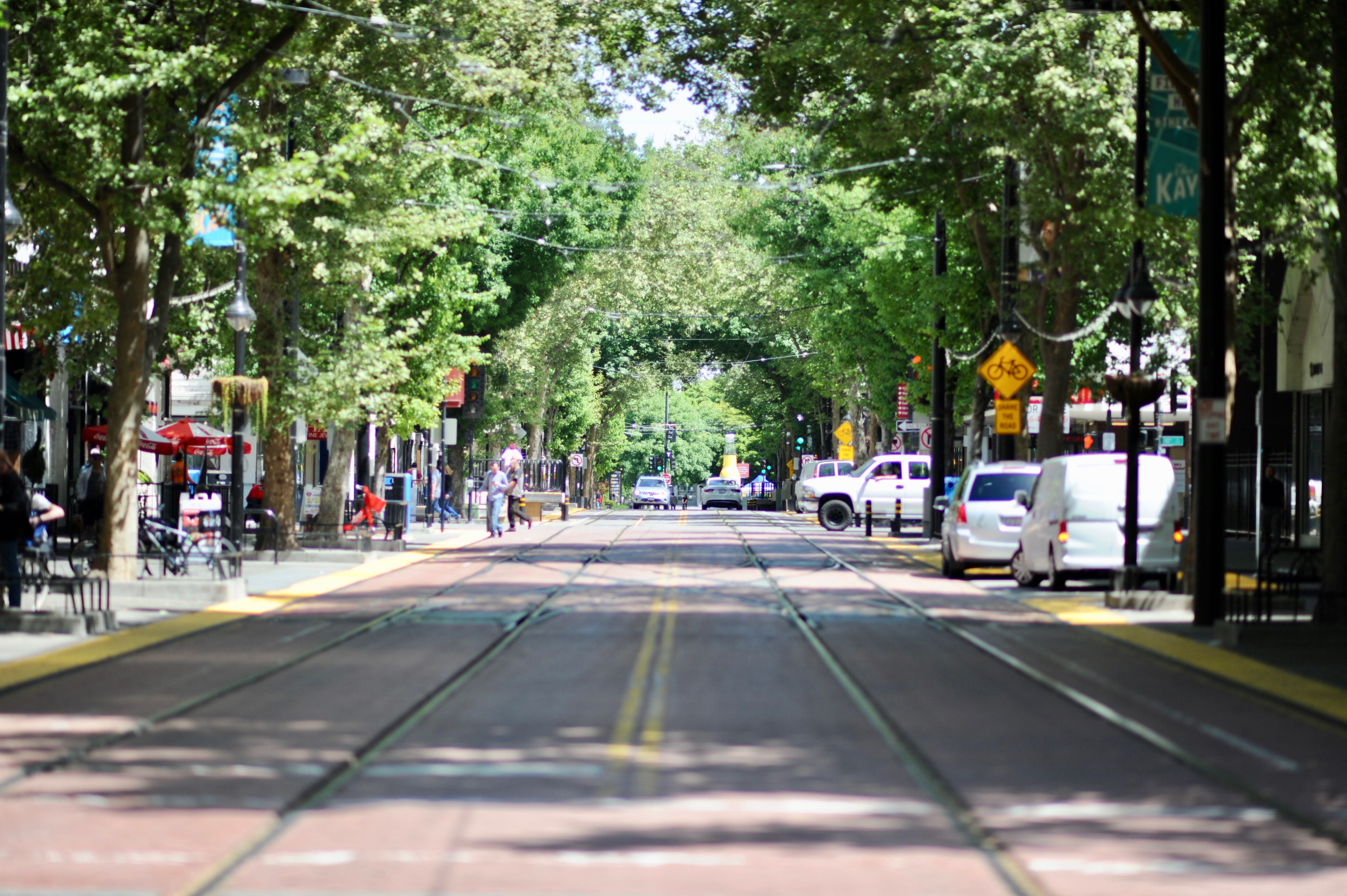
West's Legal Forms. (Photo: ebay)
Don’t Change Online Sales Tax Allocation Methodology
Current online sales tax allocation is fair tax policy
By Chris Micheli, August 18, 2021 6:21 am
There have been several efforts over the years to address “Who should get online sales taxes?” Unfortunately, many of these are misguided and lack an understanding about the allocation of Local and District tax dollars to city jurisdictions.
Only about 1/3 of the total Local and District (transactional) sales and use tax charged by the retailer is allocated to the retailer’s city. The consumer’s city receives about 2/3 of the taxes. (Importantly, these taxes are imposed by the cities, and not by the state.) Much of the Local tax generated by retailers is allocated to the 58 countywide pools based upon where the buyer is located. As a result, these Local tax revenues are distributed to all cities and counties statewide. In other words, everyone benefits from these Local taxes collected on online retail sales.
Despite what many critics believe, the percentage of total Local taxes allocated to the countywide pools would show that the “buying cities” also get about 20% of these dollars. On the other hand, the District tax averages over 1.25%. All of this tax on online sales is allocated to the buyer’s city. Furthermore, cities can increase or decrease their rate.
Tax Rate Retailer City Consumer City
Local 1% 0.80% 0.20%
District* 1.25% 0% 1.25%
Total 2.25% 0.80% 1.45%
*Each city can increase or decrease their rate.
It is important to remember that e-commerce has added thousands of jobs around this state and has caused the reduction in selling prices of products because of cost reductions and competition among retailers by price comparison. In addition, there are often substantial financial burdens that the retail city has with million square foot distribution centers, such as the corresponding traffic, police and fire protection, air pollution, etc.
Moreover, there is continuing competition between states to get major retailers to locate in California and bring their jobs here. Agreements between cities and retailers are an important economic development tool as Governor Newsom noted in his veto of a bill two years ago that would have changed the allocation of the Local tax entirely to the consumer city. (Some critics have also argued that some cities are allegedly “rebating 80%” of the Local tax received by the retailer’s city. All of these types of deals were reversed and I am not aware of any still in existence.)
The bottom line is that current online sales tax allocation is fair tax policy. The 1% Local tax is imposed by the retailer’s city for the privilege of making online retail sales and compensates that city for impacts to it. The District tax (averaging over 1.25% across this state) is imposed by consumer cities to compensate those cities for their impact.
In the end, if a consumer city wants more tax revenues, then it can unilaterally raise its own District tax rate on online retail sales. However, retailer cities cannot raise their Uniform Local tax. As such, the current allocation method should be left alone by the Legislature.
- Management of Unclaimed Property - December 30, 2025
- Petitions and Responses in Arbitration - December 29, 2025
- Wage Garnishment in California - December 29, 2025




